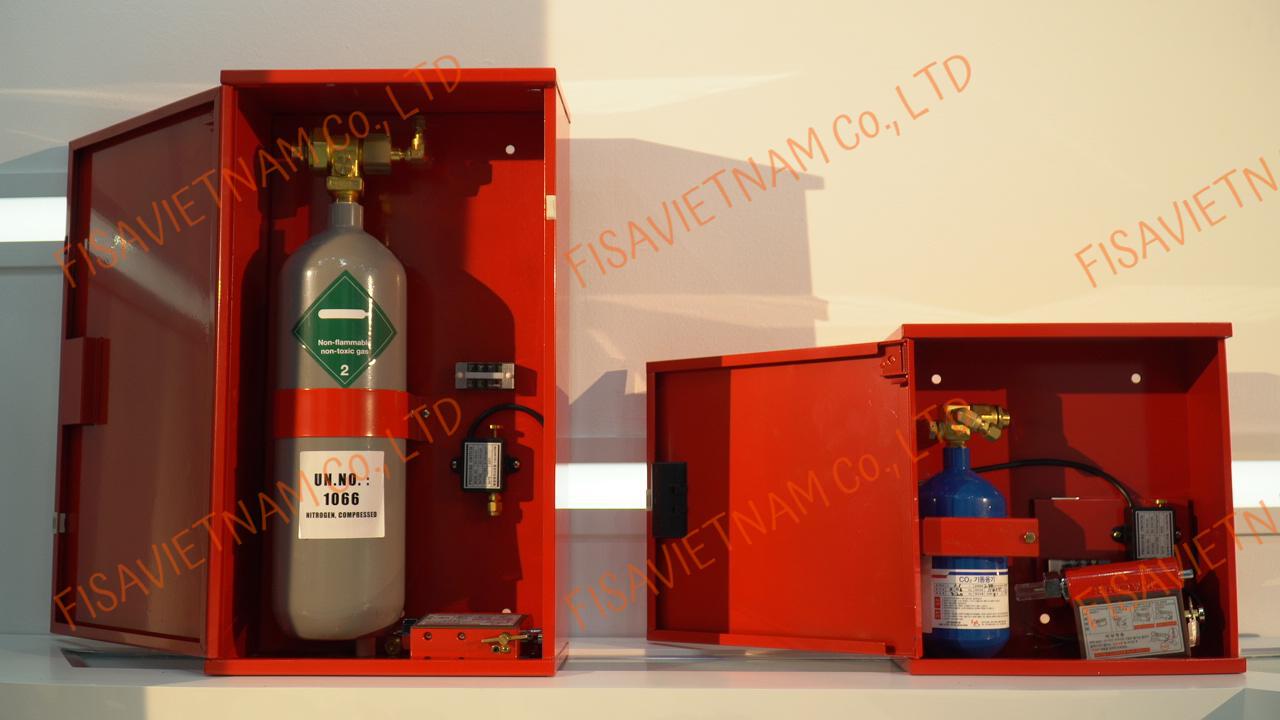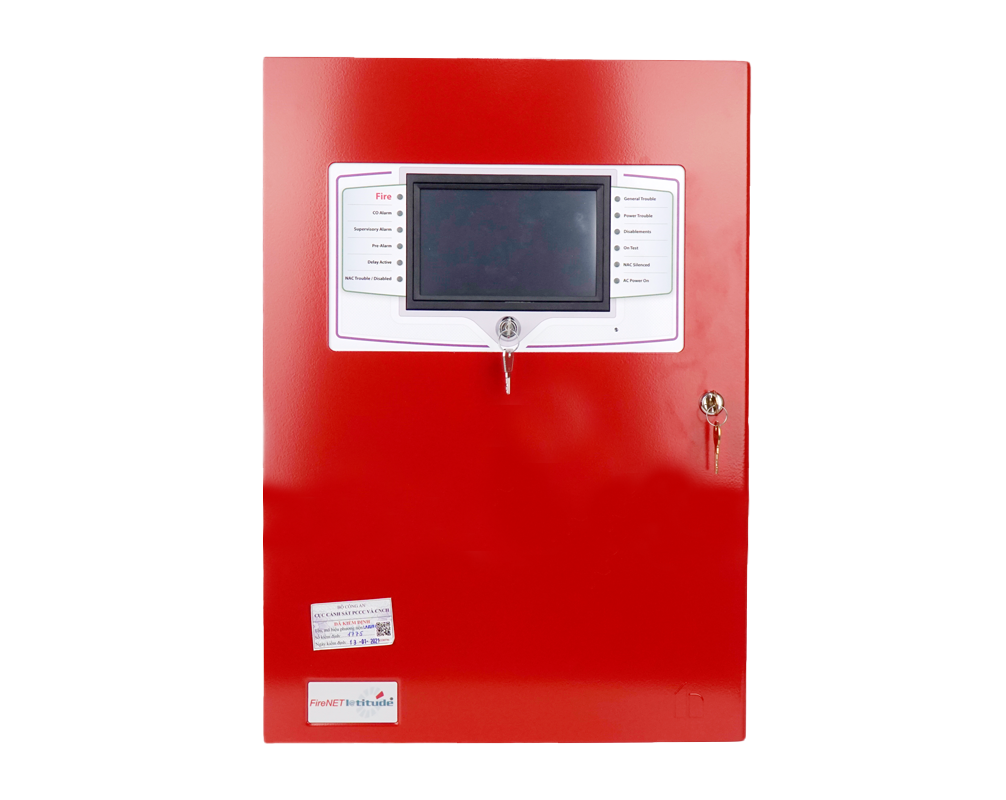.png)
-
Indoor Fire Hydrant System and Outdoor Fire Hydrant
For karaoke bars with a height of three floors or more or a volume exceeding 1,500m³, the design of an indoor fire hydrant system and outdoor fire hydrants is a mandatory requirement according to current fire safety regulations.
- The indoor hydrant is connected to a reserve water supply system, ensuring it is always ready for operation.
- The outdoor hydrant should be placed in a visible, accessible location for fire trucks. Hydrants are typically classified by the number of connection ports: 2-port, 3-port, or 4-port, with inputs connected from fire hoses and outputs receiving water directly from fire trucks or the fire protection water supply system.
A complete system will help firefighting forces respond more quickly, minimizing the risk of fire spreading in enclosed venues like karaoke bars.
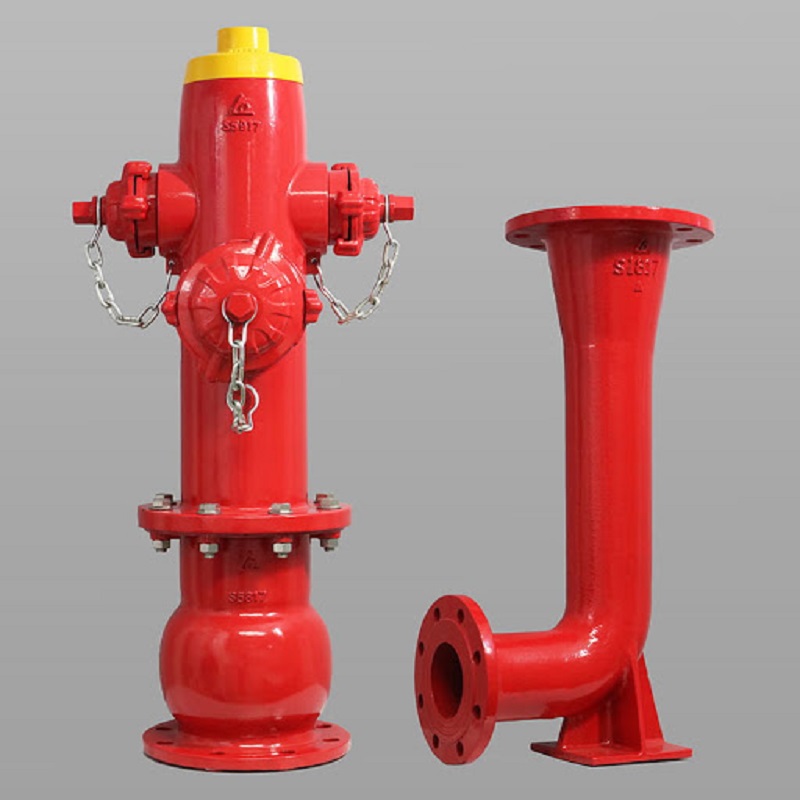
2. Automatic Fire Alarm System
For karaoke bars with an area of 200m² or more or a volume of 1,000m³, installing an automatic fire alarm system is one of the mandatory requirements to ensure the facility meets safety standards.
This system operates continuously 24/7, helping to detect and alert early signs of fire such as sudden temperature increases, smoke, flames, or gas leaks. The system consists of:
- Control Center: Acts as the "brain," receiving and processing signals from sensors.
- Input Devices: Includes smoke, heat, toxic gas sensors, and emergency buttons.
- Output Devices: Sirens, warning lights, and emergency phones that provide timely alerts to everyone in the area.
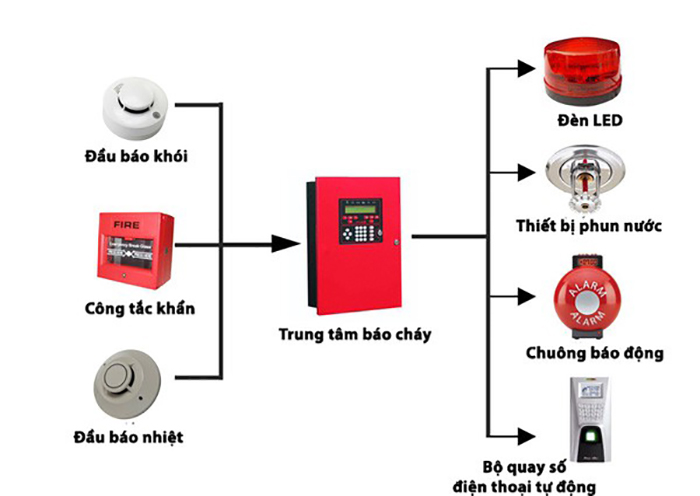
3. Emergency Escape Equipment – “Lifelines” in Crisis Situations
In a karaoke environment – where architectural structures are often enclosed, with little natural light and many flammable materials – escape equipment such as escape ladders, emergency descent ropes, and slides are essential.
From the initial architectural design phase, investors need to prioritize escape routes that meet fire safety standards while ensuring aesthetic harmony with the interior space. This solution can save lives in the most dangerous moments during a major fire.
4. Portable Fire Extinguishers
As a "quick response" device, portable fire extinguishers are used to handle small fires on-site before they can spread. Currently, there are three common types:Dry Powder Extinguishers: Cost-effective and safe to use but leave powder residue that complicates post-fire cleanup.
- CO₂ Extinguishers: Extinguish fires cleanly without residue, suitable for electronic environments, but can cause cold burns upon direct contact.
- Foam Extinguishers: Create a barrier that isolates oxygen from the flames, highly effective for liquid fires, but relatively expensive and foam can be toxic with prolonged exposure.
Each floor and room should be equipped with at least one fire extinguisher, which needs to be regularly inspected to ensure proper functionality.

5. Automatic Water Fire Suppression System (Sprinkler)
Although not yet a mandatory requirement, sprinkler systems are increasingly chosen by many establishments due to their effectiveness and high level of proactivity.
When the temperature in a room exceeds a certain threshold, the sprinkler heads will automatically activate, spraying water directly onto the fire to extinguish it immediately.
The system includes a network of water pipes installed in ceilings or floors, connected to a high-pressure water supply, ensuring timely fire suppression without human intervention.
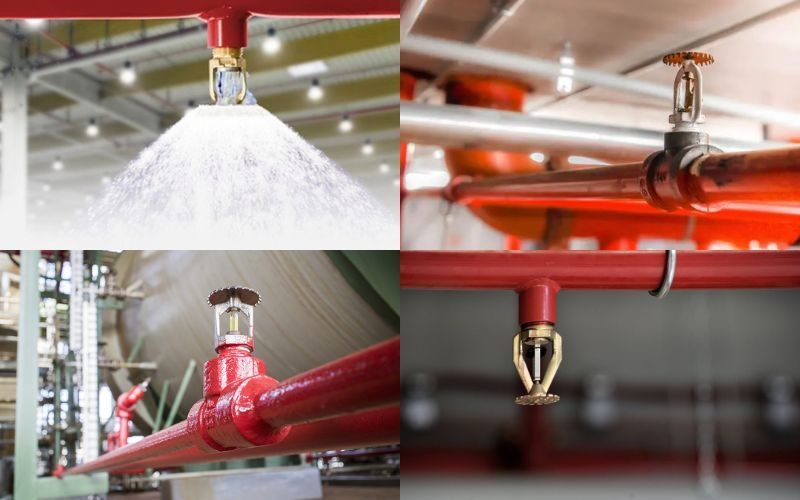
6. Smoke Masks – Respiratory Protection Equipment
When a fire occurs, victims do not only die from flames but largely from inhaling toxic smoke, leading to respiratory failure and unconsciousness. Therefore, smoke masks become extremely necessary protective equipment.
The masks are designed with air filters, helping the wearer maintain stable breathing and protect against toxic gases, heat, and eye irritants. This allows victims to remain conscious and find a safe escape route before being rescued.
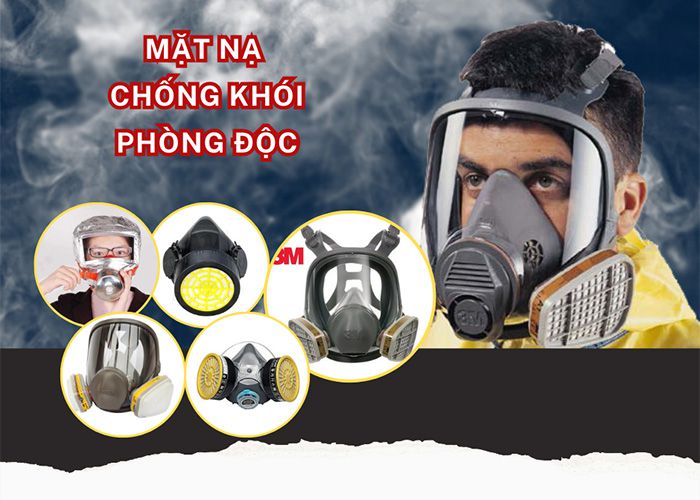
7. Emergency Lighting and Exit Direction Signs
In environments where power is lost due to fire or explosion, emergency lights and directional signs serve as "guiding lights" to help people in the karaoke bar evacuate quickly.
The system includes:
- Emergency lighting
- Exit direction lights and signs
- Safety signs with luminescent features
Installation locations should be easily visible: at staircases, hallways, exit doors, corners, and intersections, ensuring quick orientation in low visibility conditions.
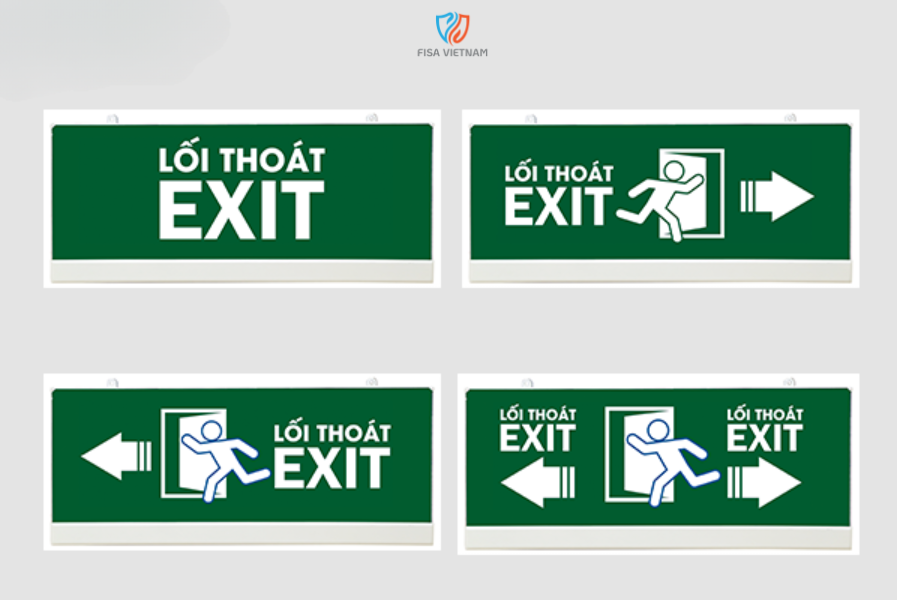
8. Smoke Control System – “Shield” for Escape Routes
Toxic smoke is the biggest obstacle during evacuation. The smoke control system will:
Especially in buildings with elevators or central air conditioning, maintaining positive pressure in stairwells is crucial for protecting the lives of those evacuating.
- Keep escape routes clear
- Extract smoke and toxic gases outside
- Increase pressure in stairwells, preventing smoke from spreading to lower floors
Investing in the 8 aforementioned fire protection devices is not only a legal requirement but also an ethical responsibility and a commitment to safety from the investor to customers, staff, and society.
If you are operating a karaoke business or planning to invest in this model, let FISA Vietnam accompany you in designing, constructing, and maintaining a comprehensive, safe, and effective fire protection system.
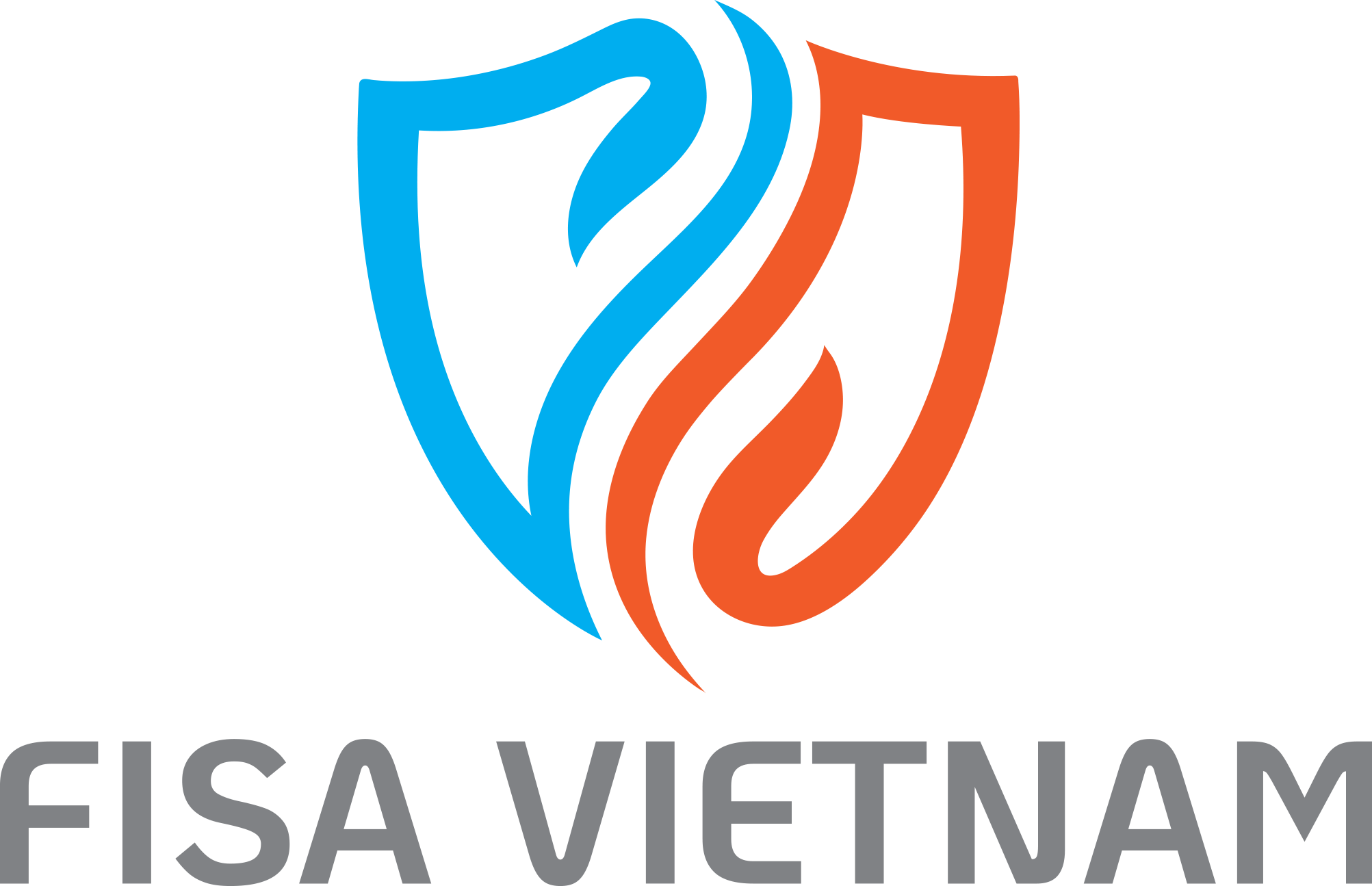






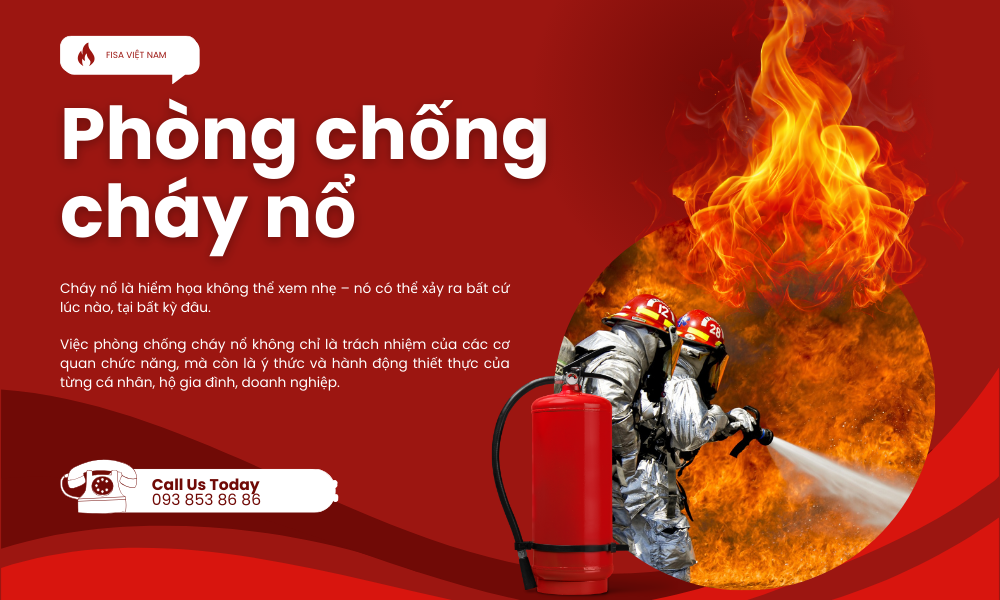


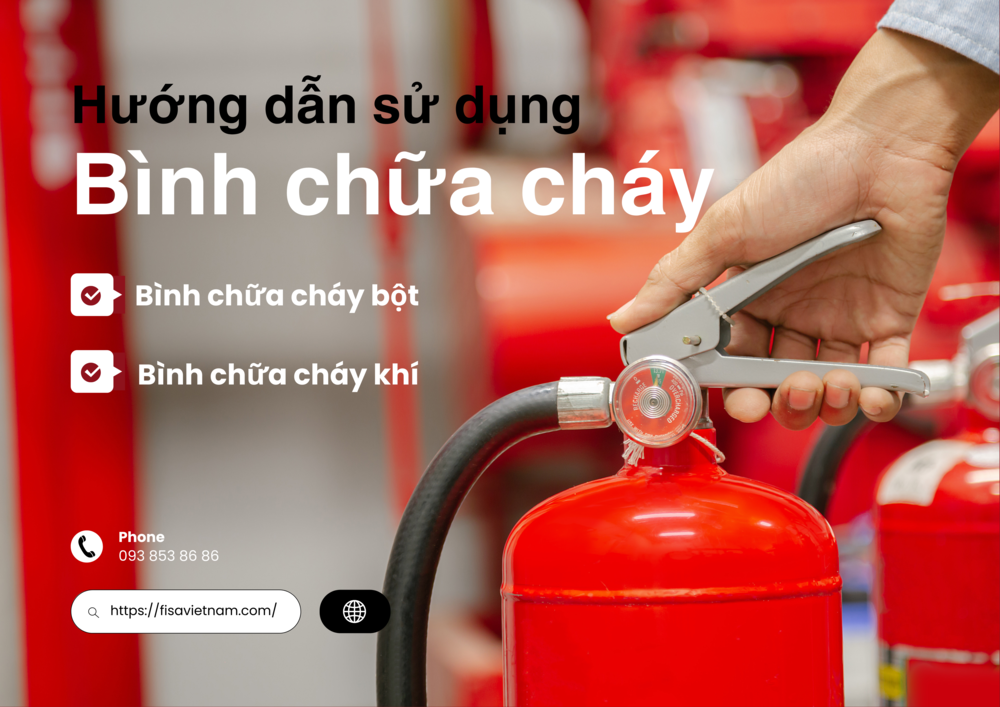

.jpg)

